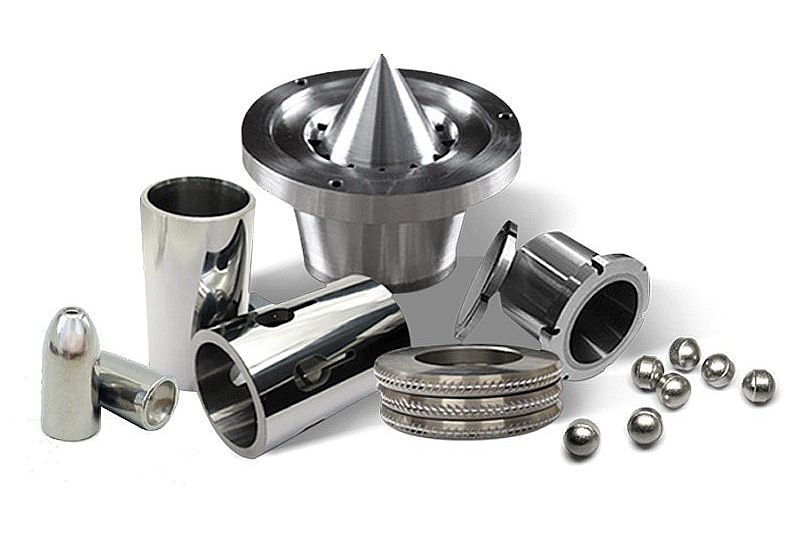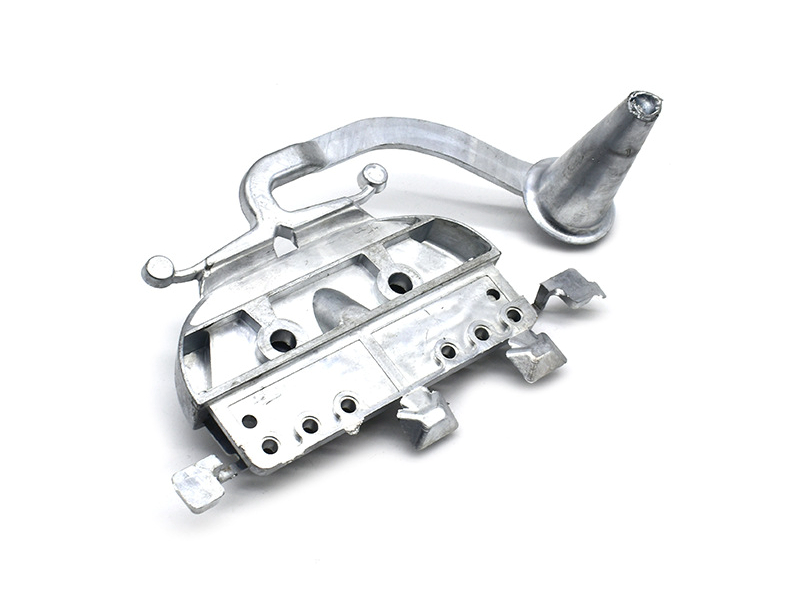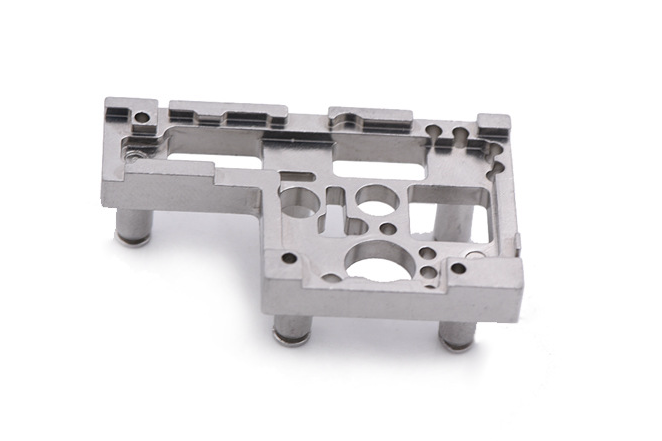What is the development cycle for motor components from prototype to production?
The development cycle for motor components at Neway is structured into clear engineering phases that move from rapid prototyping to validated mass production. Each stage focuses on manufacturability, safety, performance validation, and long-term reliability, ensuring that components meet the demands of automotive, e-mobility, telecommunications, and power tool applications.
Phase 1 – Initial Design and Prototyping
Motor components begin with CAD design and proof-of-concept models. Early evaluation uses 3D printing prototyping and CNC machining prototyping to validate geometry, fit, rotor alignment, magnetic flux paths, and airflow behavior. These prototypes help evaluate functional parameters before committing to production tooling.
Phase 2 – Functional Testing and DFM Optimization
Once the general concept is proven, prototypes undergo functional testing—such as NVH assessment, dynamic balancing, temperature cycling, and structural load evaluation. Design for Manufacturability (DFM) reviews help refine tolerances, draft angles, wall thicknesses, and assembly features, ensuring the component can be mass-produced using processes like injection molding, aluminum die casting, or precision casting.
Phase 3 – Bridge Production or Rapid Tooling
At this stage, rapid molding prototyping is used to simulate mass-production conditions and refine part flow, shrinkage, or gating behaviors. Materials used in this phase are typically production-grade, such as MIM Fe-50Ni for magnetic components or A380 aluminum for housings, to preserve mechanical and thermal properties during testing.
Low-volume validation runs are conducted to assess overall manufacturability, identify assembly challenges, and verify tolerance stack-ups across the entire motor system.
Phase 4 – Pilot Production and Process Validation
Pilot builds are used to establish preliminary process capability. Statistical sampling and SPC controls validate repeatability of molding, casting, or machining cycles. Functional testing is extended to endurance tests, including vibration exposure, temperature cycling, oil resistance, and long-term fatigue. Surface treatments such as tumbling, nitriding, or PVD coating are validated for durability and consistency.
Phase 5 – Full-Scale Production and Traceability
After the manufacturing process is fully validated, Neway transitions to stable mass production using optimized tooling and controlled assembly. Every batch is traceable through a digital system that links part numbers to material batches, operator ID, machine parameters, and inspection results.
Final testing includes rotor balance checks, insulation integrity checks, torque measurements, and system-level NVH validation. This ensures long-term reliability under automotive and industrial service conditions.



